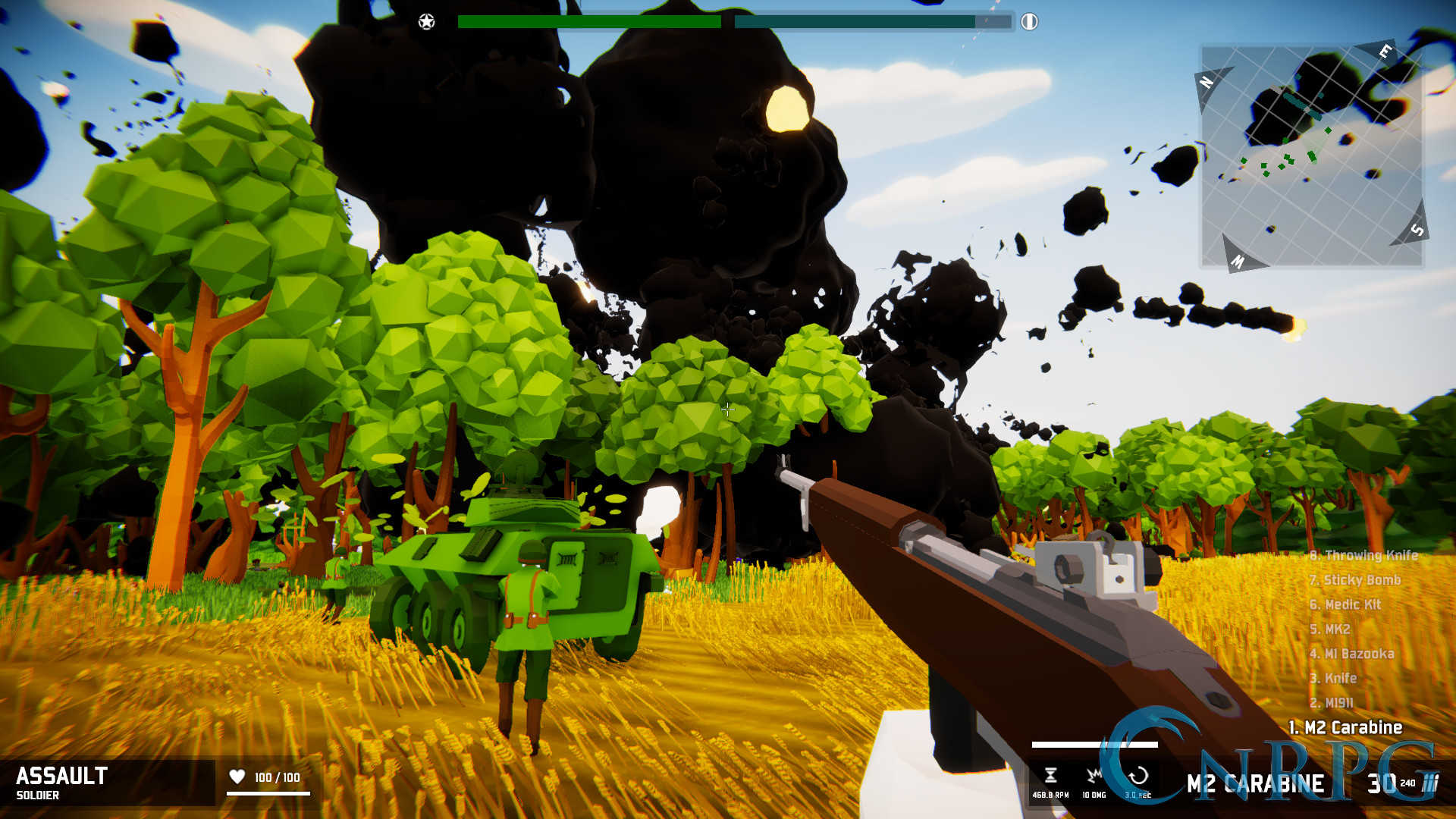

It is the exchange of the pions which leads to the force. The standard cartoon one uses for their interaction is that the quarks inside the nucleus produce pions. Actually it is a bit more subtle than that: the nucleons are color neutral, so they do not directly produce gluons. The glue holding together the nuclei is the strong force. The total number of nucleons will be $A=N+Z$. Nuclei are made of two things: protons and neutrons. There may actually also be a quark-gluon plasma in the center of neutron stars, but it would be in a very different regime from RHIC - it is ``cold" instead of ``hot". You can kind of think of a Neutron star as a really big nucleus. Actually, Neutron stars are pretty old, but there are always more interesting things happening in that field. The other "modern" application of nuclear physics is Neutron Stars. The experiments found that this soup has a number of interesting properties, including a remarkably small visoscity. The interactions in this soup are sufficiently strong that it equilibrates, and you get a state of matter known as a "quark-gluon plasma." This is supposed to be the state of matter in the early universe. When the nuclei pass through one another, they produce this really hot region of space, in which you start "pair-producing" a soup of quarks and anti-quarks. It takes massive gold nuclei and smushes them against each-other.

The first is the Relativistic Heavy Ion Collider in Brookhaven. There are a few modern and exciting things going on right now in the study of nuclei. For our course this is perfect: we are experts at the wonky stuff. This means there is a bunch of wonky semi-empirical and arm waving stuff. Big time lattice QCD calculations can explain the properties of the neutron - can't do much bigger. Its not that all the nuclear physics problems are solved - the real difficulty is that there is no really good way to quantitatively understand nuclei. There are not a lot of physicists at Cornell studying them. Nuclei are a bit old school (the 50's were a hot time in nuclear physics). I however chose something you probably haven't heard anything about: nuclei. Median pay: How much do Physicists and Astronomers make? $114,870 Annual Salary $55.Today we will cap off the course with some modeling. Licenses/Certifications Some positions with the federal government, such as those involving nuclear energy and other sensitive research areas, may require applicants to be U.S. Some physicists and astronomers move into managerial positions, typically as a natural sciences manager, and spend a large part of their time preparing budgets and schedules. Those in university positions may also gain tenure with more experience. (The average growth rate for all occupations is 7 percent.) Advancement With experience, physicists and astronomers may gain greater independence in their work, as well as larger research budgets. The projected percent change in employment from 2016 to 2026: 14% (Faster than average) Senior scientists may carefully supervise their initial work, but as these postdoctoral workers gain experience, they usually do more complex tasks and have greater independence in their work. During their postdoctoral appointment, they work with experienced scientists and continue to learn about their specialties or develop a broader understanding of related areas of research. holders who seek employment as full-time researchers begin their careers in a temporary postdoctoral research position, which typically lasts 2 to 3 years. Training Required Many physics and astronomy Ph.D. in physics, astronomy, or a related field is needed for jobs in research or academia or for independent research positions in industry. Particle and nuclear physicists study the properties of atomic and subatomic particles, such as quarks, electrons, and nuclei, and the forces that cause their interactions.


 0 kommentar(er)
0 kommentar(er)
